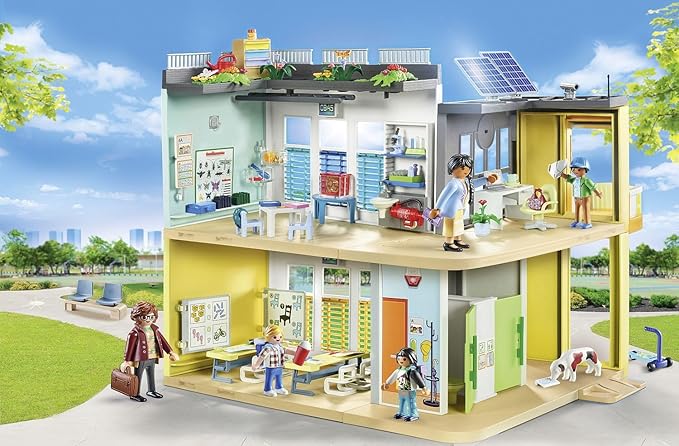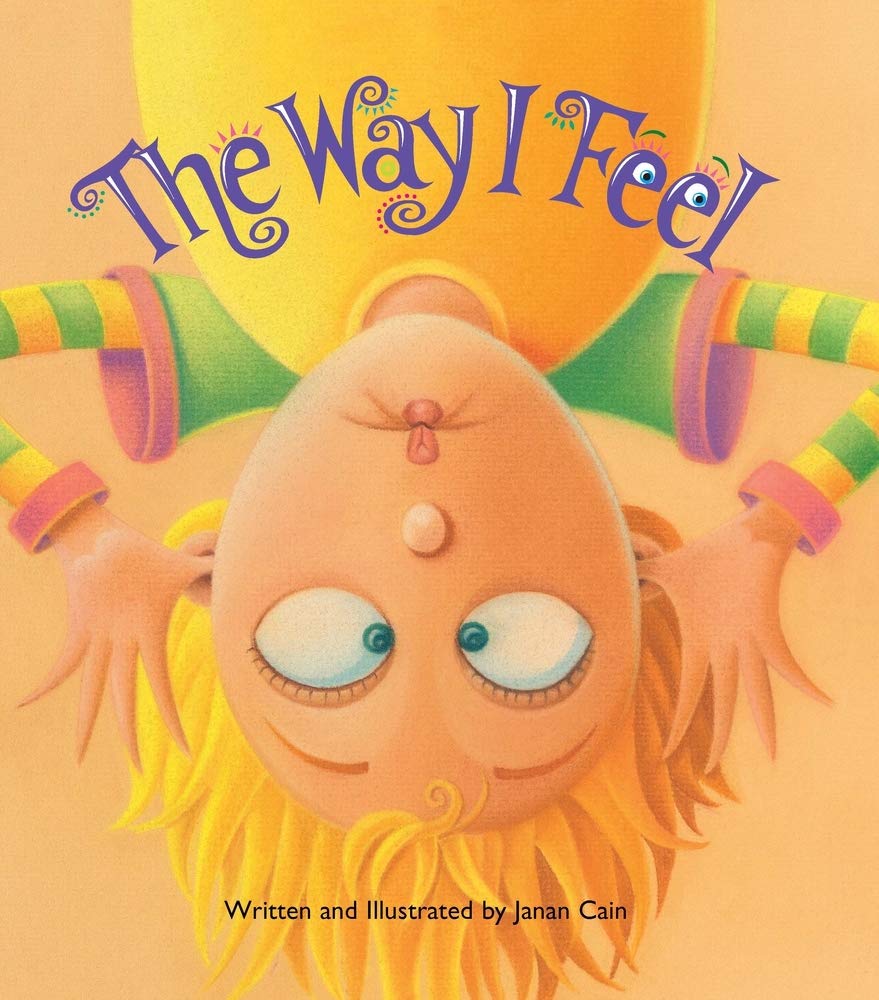Play therapy
WHAT IS PLAY THERAPY?
Play therapy is a form of psychological intervention specifically designed for children and adolescents. Through play, therapists can help young individuals express their thoughts, emotions, and inner conflicts in a safe and natural way. During play therapy sessions, various materials and toys are used, allowing the child or adolescent to communicate and process their experiences in a playful and creative manner. This therapeutic approach helps patients develop problem-solving skills, understand and manage their emotions, and strengthen their self-esteem. Play therapy is a valuable tool for addressing a wide range of emotional, behavioral, and social issues, providing a supportive environment for young individuals to grow and heal.
HOW DOES THE THERAPEUTIC PROCESS HAPPEN IN PLAY THERAPY?
We all know feelings and emotions can be very confusing, especially during stressful or tough times. And sometimes even adults have a hard time understanding what we are feeling inside; why are we sad, why do we feel like “that”. It’s even harder to express clearly and understandably that we feel a certain way or need help. Sometimes we just can’t find the right words to define what we’re feeling or what are the reasons that would give sense to some of these emotions.
It all gets more complicated when it comes to a child. The feelings and emotions tied to especially difficult situations are just as confusing, if not more, to children than they are to adults. Moreover, they have to deal with another issue when trying to understand what is happening to them because their language skills and cognitive levels are still developing. This makes it harder for them to understand and assimilate stressful experiences such as going through their parents’ divorce or a loved one passing away. This is where play becomes a perfect means of expression that allows the child to symbolically represent their problems, communicate them and take them in as part of their experience.
According to McMahon (2009), play is essential to the psychological development of children as it allows them to symbolically represent and solve the issues and problems of their real life. When, as adults, we go through difficult or problematic stages of our lives, we tend to “think and imagine” possible solutions and their consequences. We come up with several hypothesis about what the solution to our problems could be, and we try to evaluate which consequences or results that solution might lead to. In children, this process happens through play. As their cognitive levels are still developing, it is easier for them to work out and communicate their problems, emotions, and feelings through play. Thanks to the representation and repetition of past experiences through play, the child can understand them, give them sense, solve them, and assimilate them as part of their identity (McMahon, 2009). Thus, play becomes an essential tool that will allow them to process and integrate their experiences.
Now, for this process to take place, suitable conditions must be given so that the child might be able to work with their play in a safe and calm way. Most children often make use of therapeutic play in an unconscious manner when playing in their play room or their home’s living room or anywhere they feel safe and protected, really. However, when the child is going through a tougher situation than usual, such as a loved one passing away, their parents getting a divorce, or moving to another city, their capacity to make use of therapeutic play can be affected negatively. They may feel they’re losing control over their environment, which can directly affect their feelings of safety and protection. They may also be unable to focus when playing, diminishing their ability to integrate new experiences through play. This is where play therapy becomes vital. The play room and the therapeutic relationship, established between the child and the therapist, provide them with a feeling of protection and safety that will allow them to regain focus in their play. This will help them assimilate their experiences, become aware of their feelings, improve their sense of control over their environment and gain self-confidence, among other beneficial skills learned through therapy.
THE PLAY THERAPIST’S ROLE
The therapist’s role will vary according to the needs of each child. This role oscillates on a bipolar continuum from non-directive to fully directive. Two examples of play therapy models are child-centered play therapy and cognitive-behavioral play therapy. In the first case, the therapist’s role will be more passive; they will let the child lead the sessions and provide a sense of safety, acceptance, and reflection to enhance the therapeutic process. In the case of cognitive-behavioral play therapy, the therapist will make use of certain techniques that will direct the child’s play and focus on the aspects that require treatment.
REFERENCES:
McMahon, L. (2009). The Handbook of Play Therapy and Therapeutic Play (2nd ed.). Routledge.




